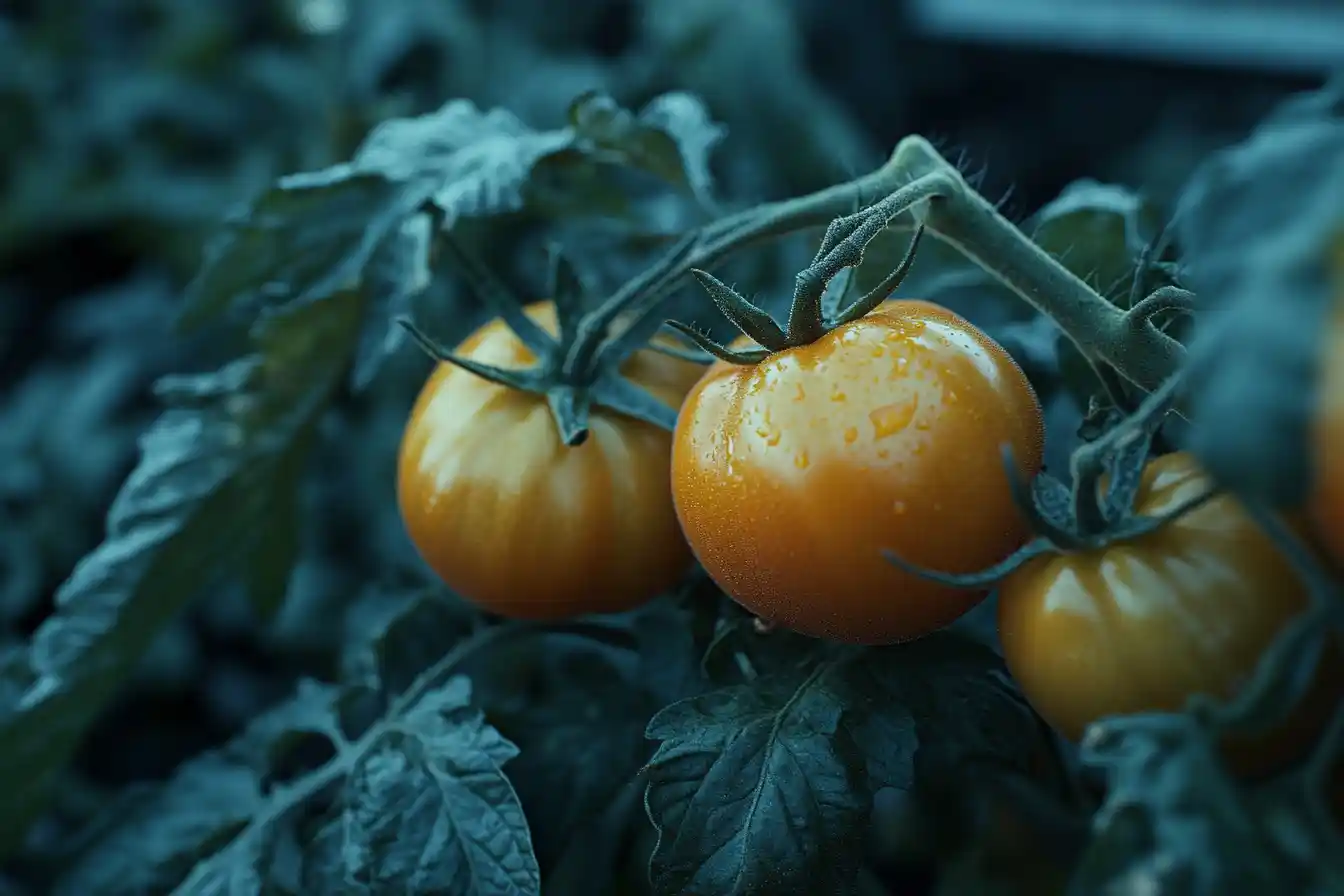When designing your garden layout, it’s easy to assume that only full-sun spots are productive—but that’s not entirely true. Many shade-tolerant vegetables grow remarkably well with just a few hours of sunlight per day, making them ideal for areas shaded by trees, fences, or buildings. Whether you’re planting a new backyard vegetable patch or expanding a mature garden, shaded areas are prime real estate for the right crops.
In fact, growing vegetables in partial or full shade can help reduce heat stress, delay bolting in leafy greens, and even improve taste. If you’re working with a shaded space, check out our backyard vegetable garden ideas to get inspired. Then dive into this list of 26 reliable shade-tolerant vegetables that will help you grow more—even in less sun.
Let’s explore 26 versatile shade-tolerant vegetables and how to make the most of your shady spaces.
Table of Contents
Partially Shade-Tolerant Vegetables (4–6 hrs sunlight/day)
If your garden receives about 4–6 hours of sunlight daily, you’re in a perfect position to grow many shade-tolerant vegetables that actually perform better out of the hot sun. Partial shade slows bolting, softens texture, and enhances flavor—especially in cool-season crops and roots.
And if you’re just getting started with gardening, these varieties are perfect for beginners. Visit our guide on vegetables to grow for beginner gardening for more ideas.
Here are 18 vegetable varieties that thrive in part-shade environments:
1. Beets
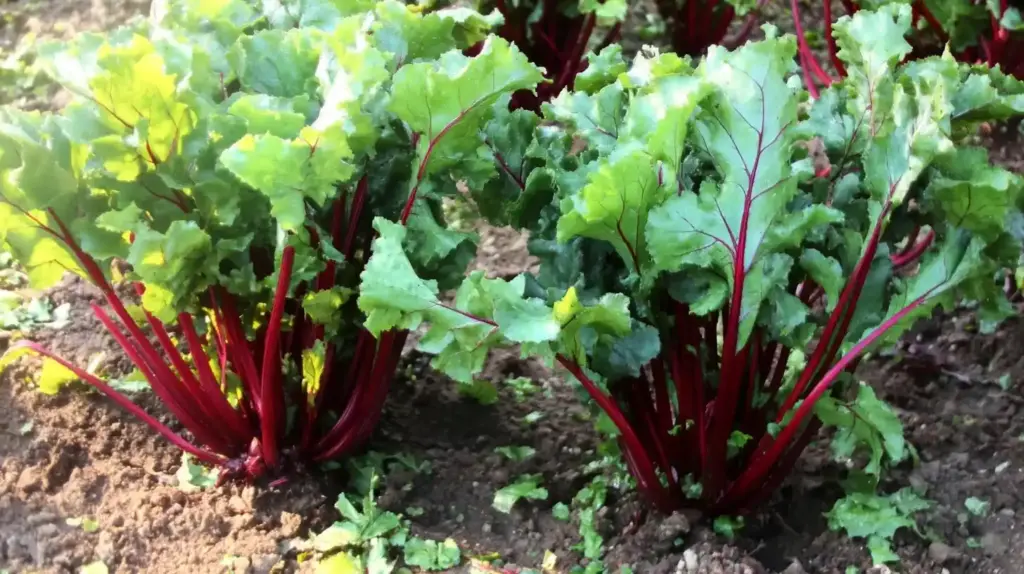
Beets grow surprisingly well in partial shade. While their roots may be slightly smaller than in full sun, the flavor remains earthy and sweet. Plus, beet greens flourish in these conditions—offering a double harvest of roots and nutritious leafy tops.
2. Broccoli
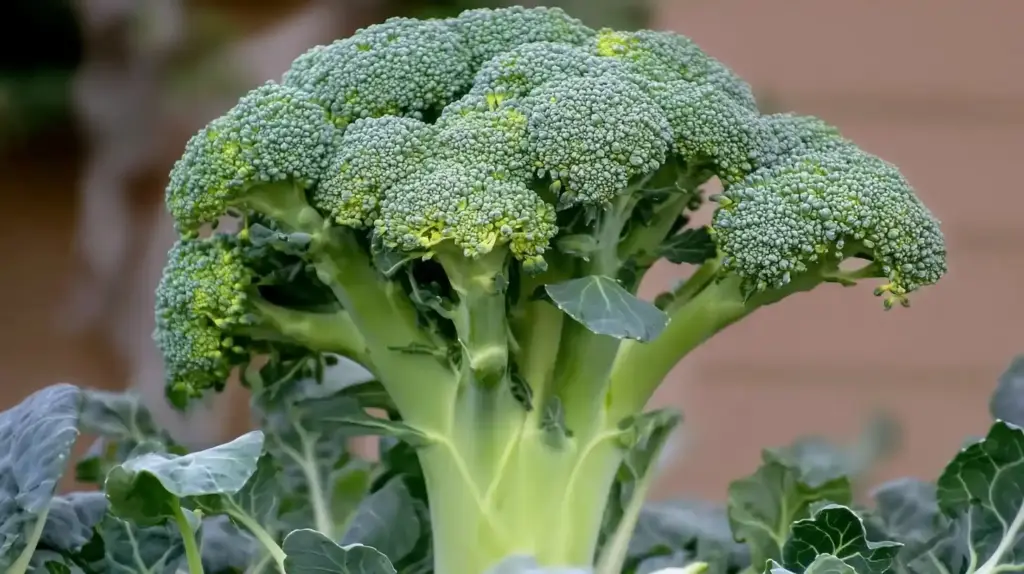
Too much sun can cause broccoli to flower early, reducing head quality. In partial shade, it develops tighter heads and improved taste. Pair broccoli with crops like peas or carrots for great companion planting combinations.
3. Cabbage
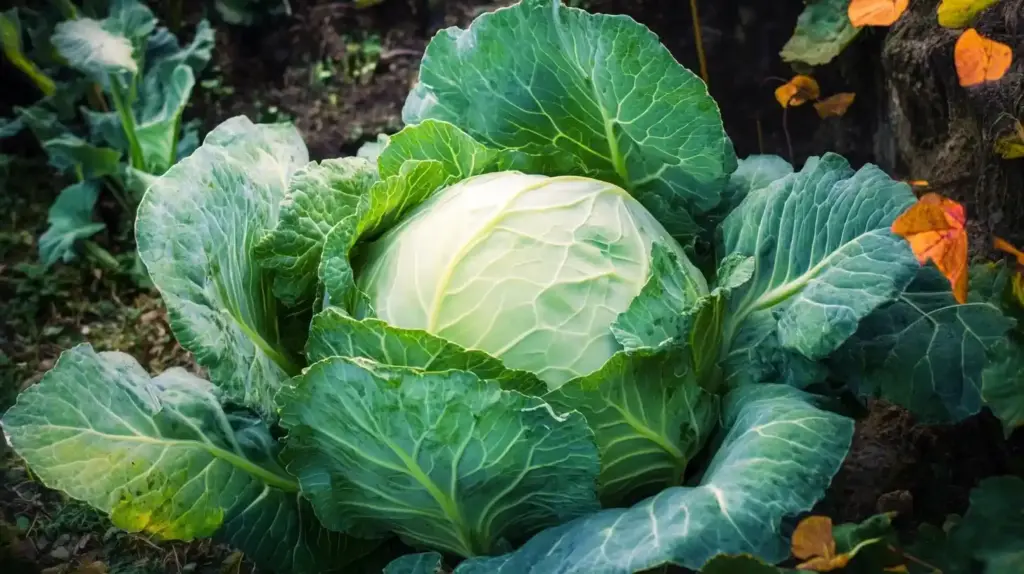
Cabbage is prone to bolting in hot temperatures. Shaded conditions help keep the plant cooler, reducing stress and supporting tight, firm heads. It’s a great option for summer planting in warm climates.
4. Carrots
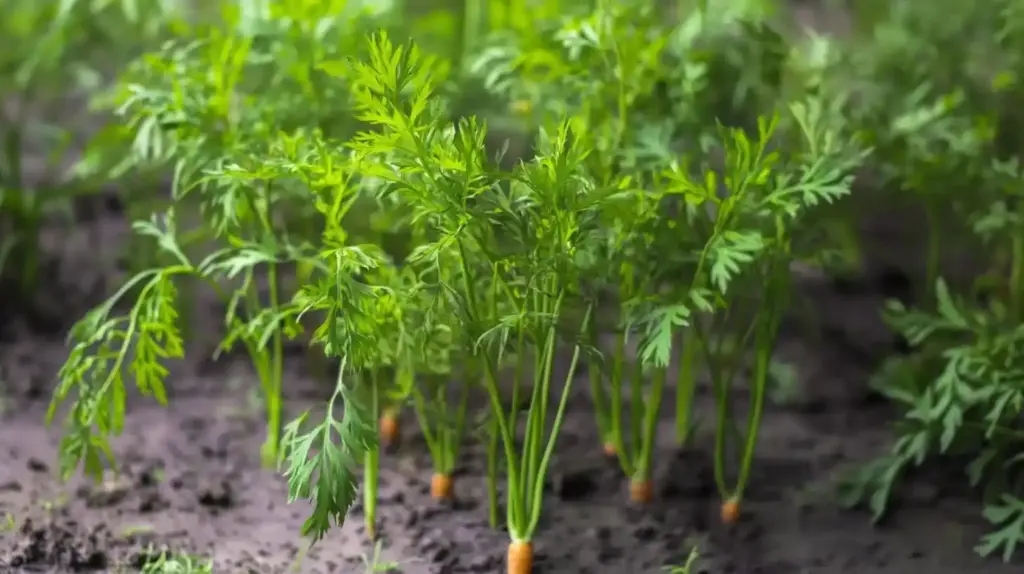
Carrots are slow to mature, but they’re worth the wait. Partial shade promotes even root development and reduces cracking. Don’t forget the tops—carrot greens are edible and great in pestos or broths.
5. Cauliflower
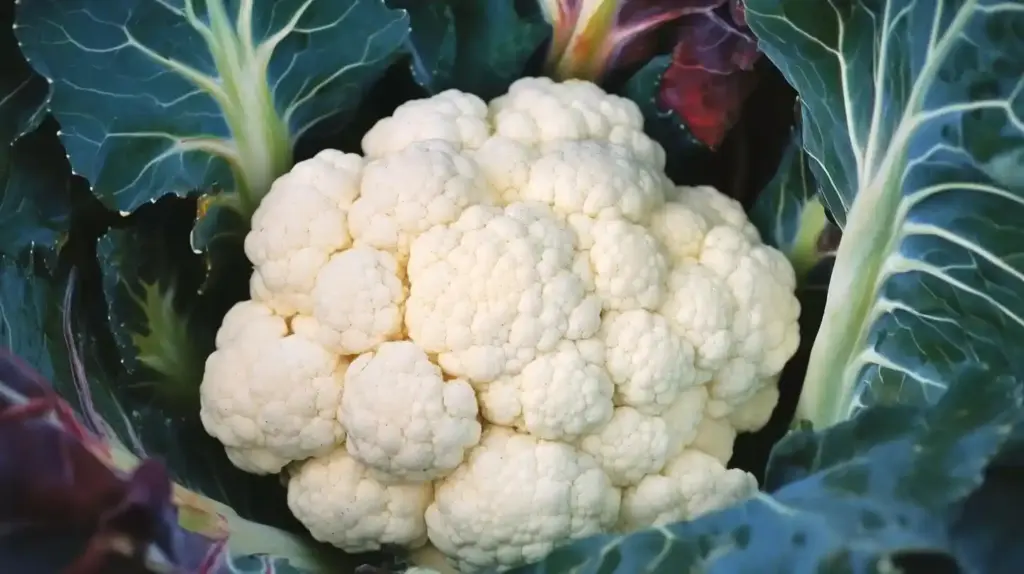
Cauliflower enjoys cooler environments, and partial shade protects it from heat stress. If you’re experimenting with raised beds, cauliflower is a top pick for light-shade areas.
6. Celery
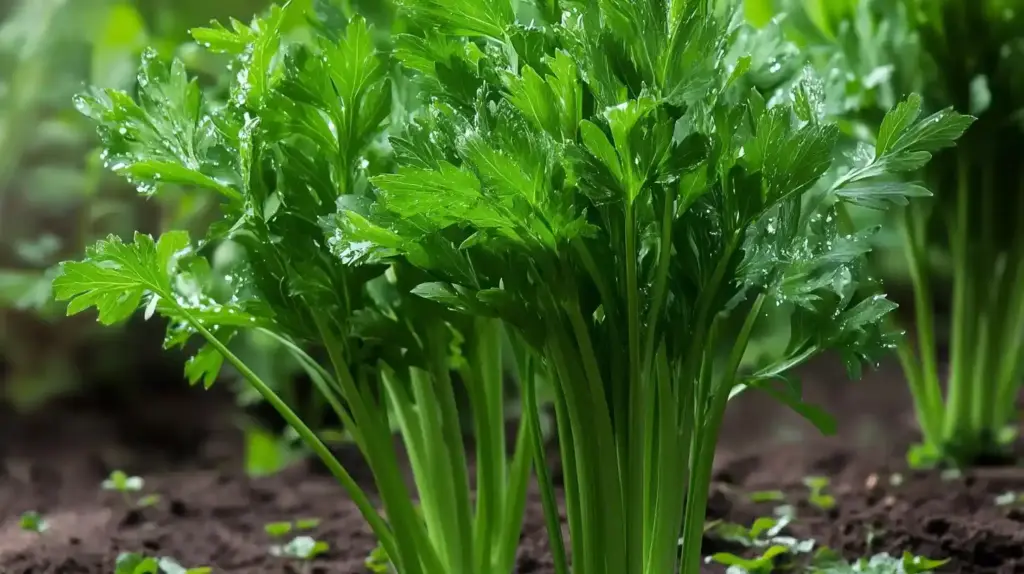
A demanding crop, celery benefits from cooler roots and even moisture. Shade helps prevent the soil from drying out too quickly. For more sustainable growing tips, explore no-dig gardening to keep your celery thriving.
7. Garlic
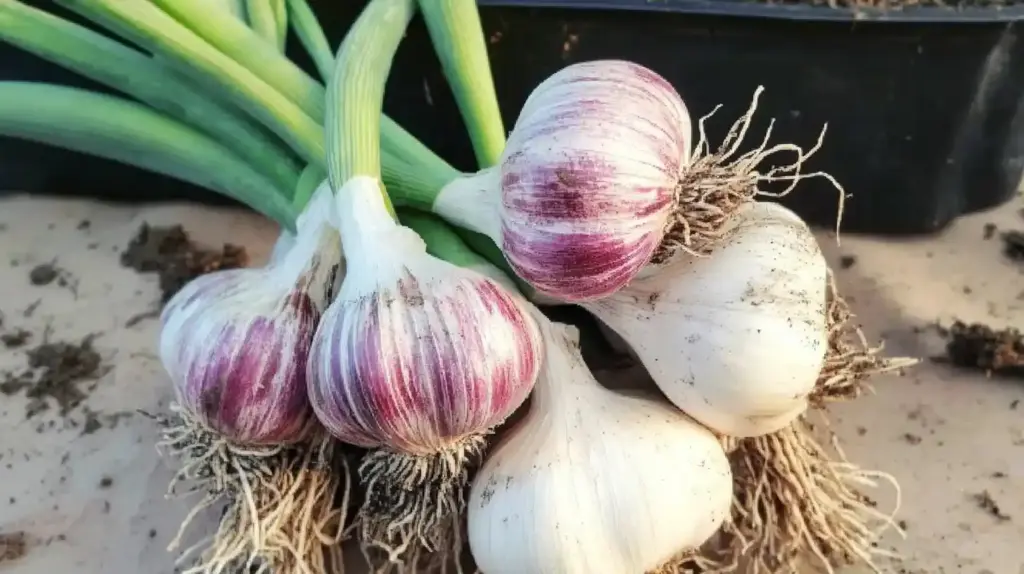
Garlic is surprisingly adaptable. Partial shade during its early growth phases helps produce healthy, robust bulbs. For planting and harvesting advice, check out our complete garlic growing guide.
8. Green Onions
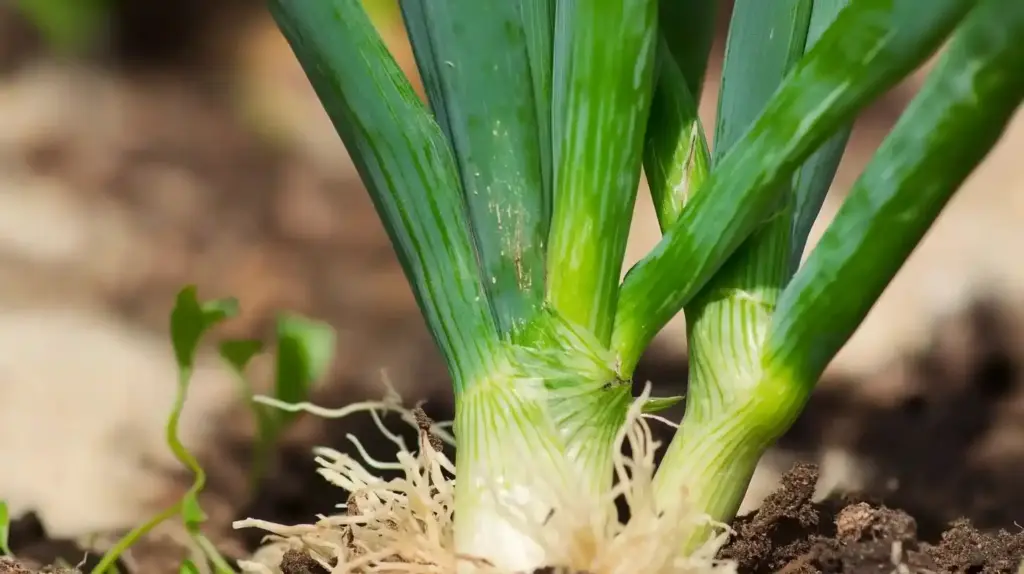
Also known as scallions, green onions don’t need intense light to thrive. They’re perfect for partially shaded containers or garden beds, and their mild flavor makes them versatile in the kitchen.
9. Horseradish
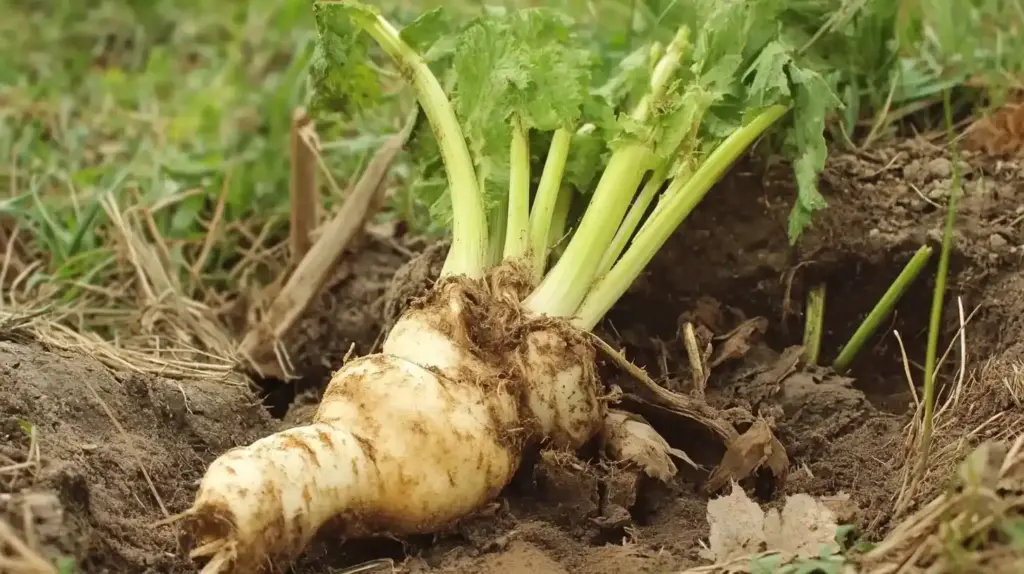
A vigorous perennial, horseradish tolerates partial shade exceptionally well. Just make sure it’s planted in a spot with good drainage, as it dislikes soggy roots. Harvest the spicy roots in fall or early spring.
10. Leeks
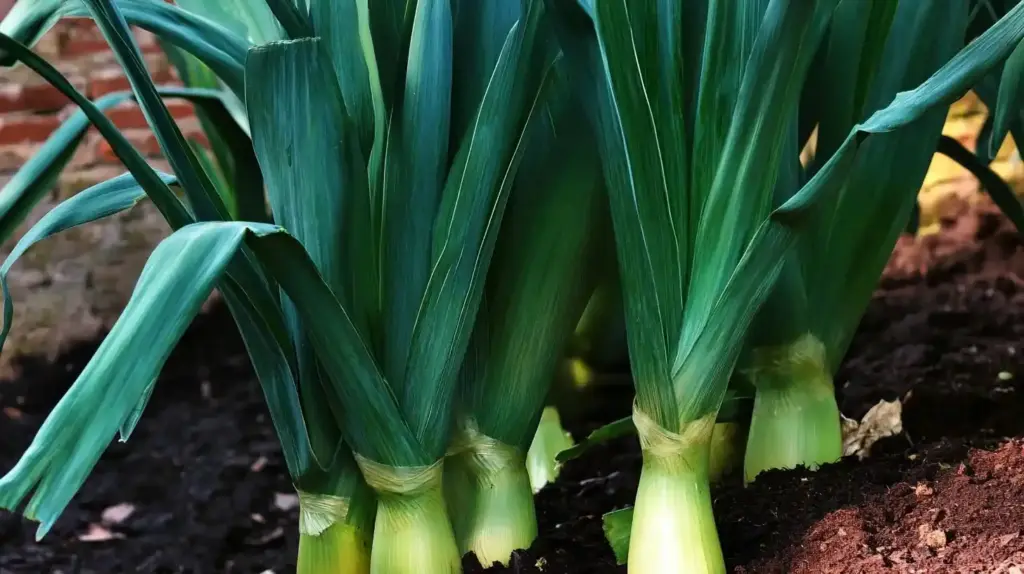
Leeks are a longer-season crop, but they perform reliably in part shade. Their mild onion flavor is ideal for soups and sautés, and they can be harvested into the winter months in many zones.
11. Parsnips

Parsnips thrive in cooler conditions and become sweeter after a frost. They can tolerate partial shade with ease and can be left in the ground into winter, protected by mulch.
12. Peas
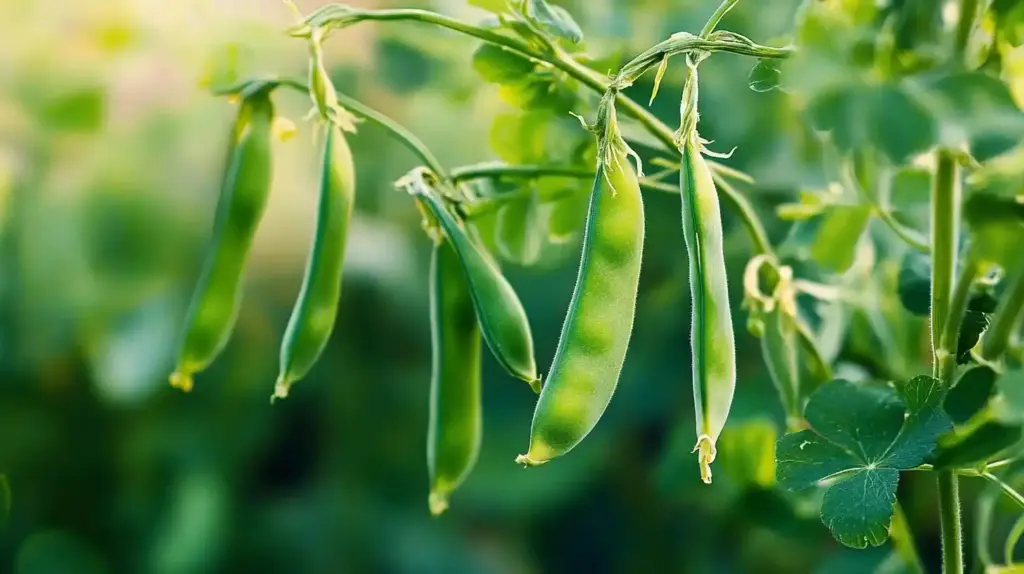
Peas love cooler growing conditions, and shaded beds extend their productivity. Use DIY trellis ideas to support them vertically, even in tight or shaded spaces.
13. Potatoes
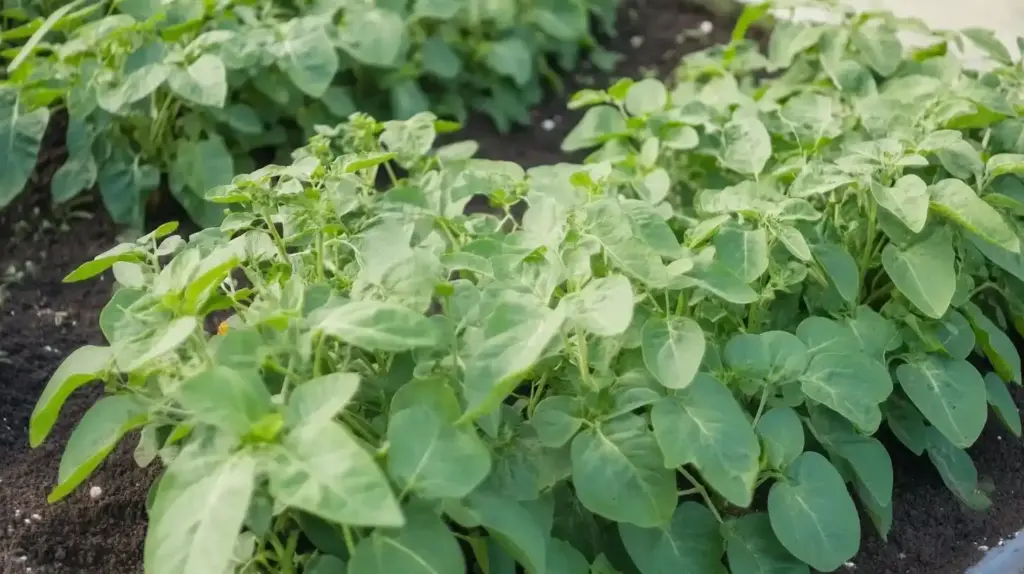
Potatoes do surprisingly well with less direct sun. As long as the flowering tops get some exposure, the tubers will form happily underground—protected from scorching summer heat.
14. Radishes
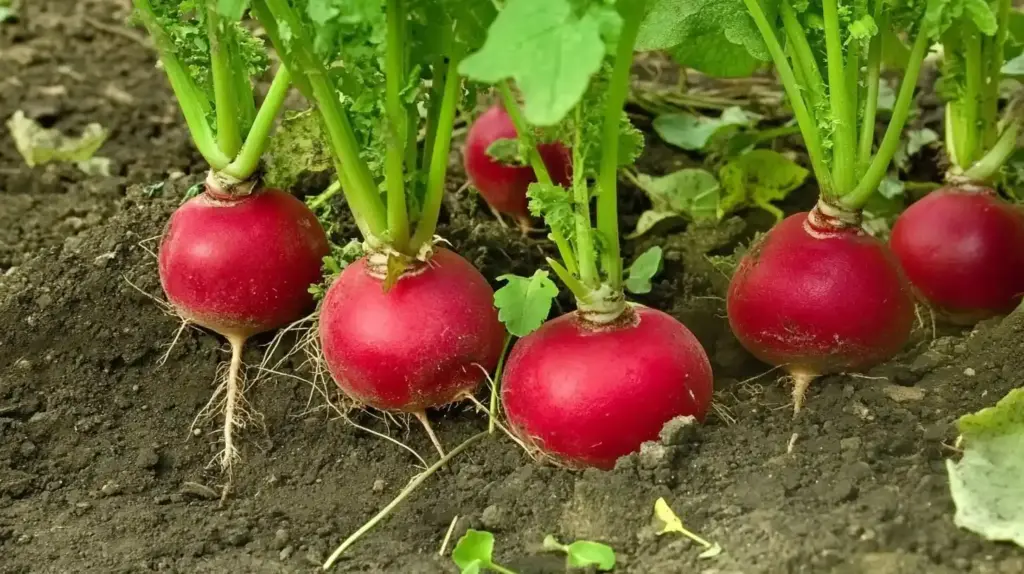
Fast-growing and compact, radishes are great for shaded beds. They dislike heat, which makes them ideal for early spring or late summer plantings in shadier areas.
15. Rutabaga (Swede)
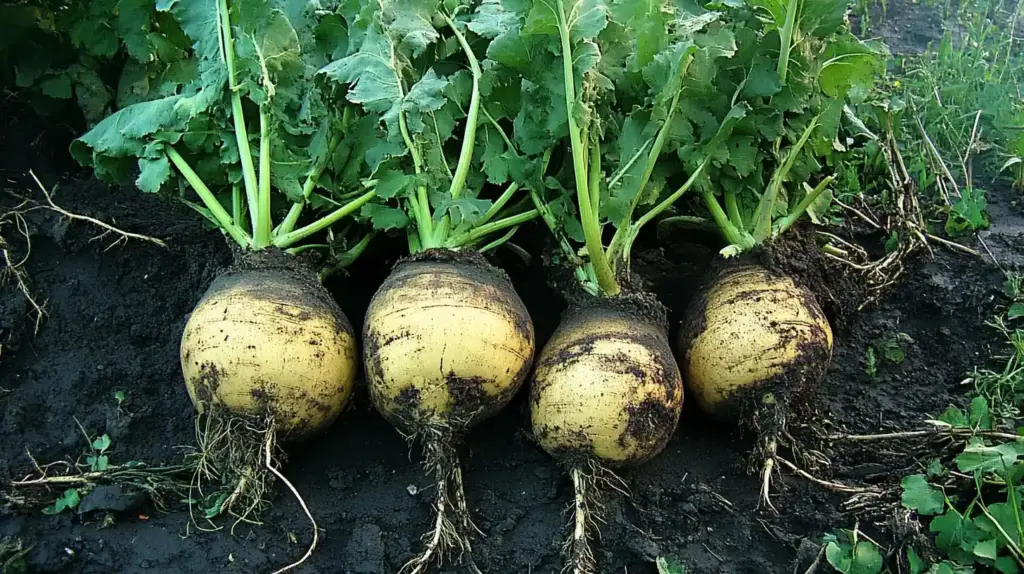
A cool-season root crop, rutabaga prefers the softer light of a shaded plot. Partial shade prevents bolting and supports strong root development—perfect for roasting or mashing.
16. Salsify
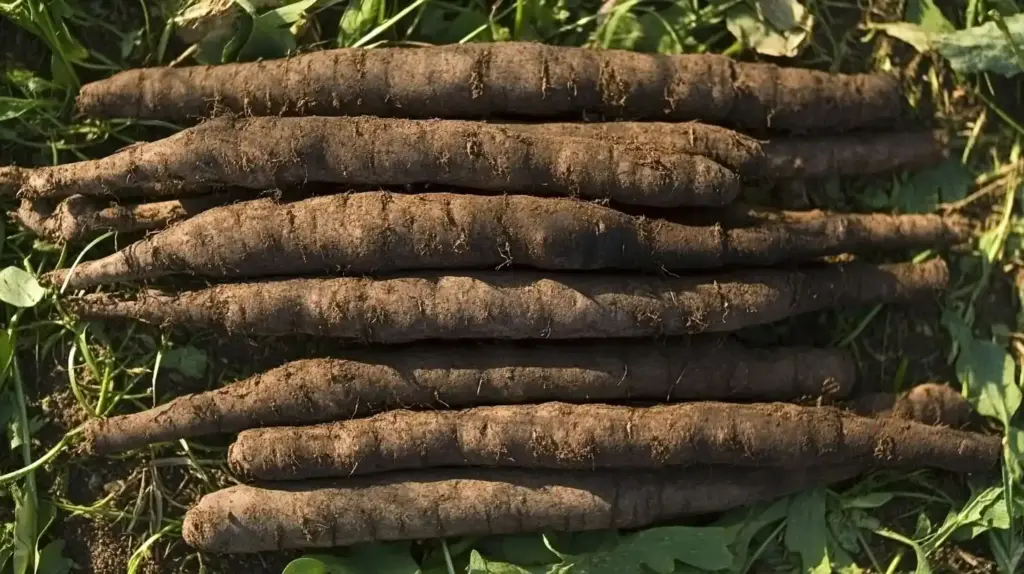
This unique root vegetable, with its mild oyster-like flavor, does well in partial shade and benefits from rich, loose soil. Both the roots and greens are edible, offering a nutritious dual-purpose crop.
17. Turnips
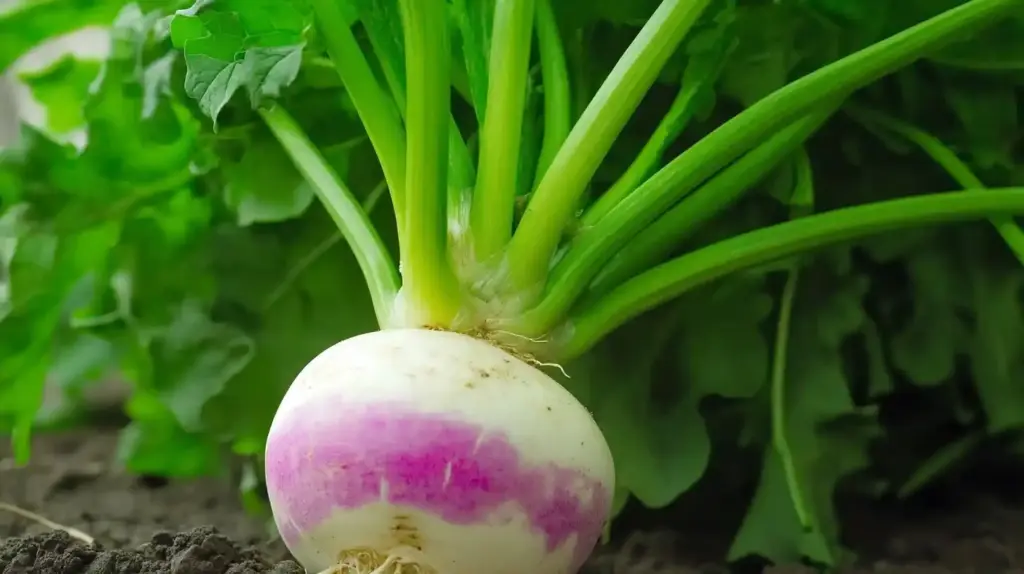
Turnips love cooler conditions and grow reliably in dappled light. Their roots mature quickly, and their greens can be harvested for salads or sautés, making them a two-in-one garden win.
18. Watercress
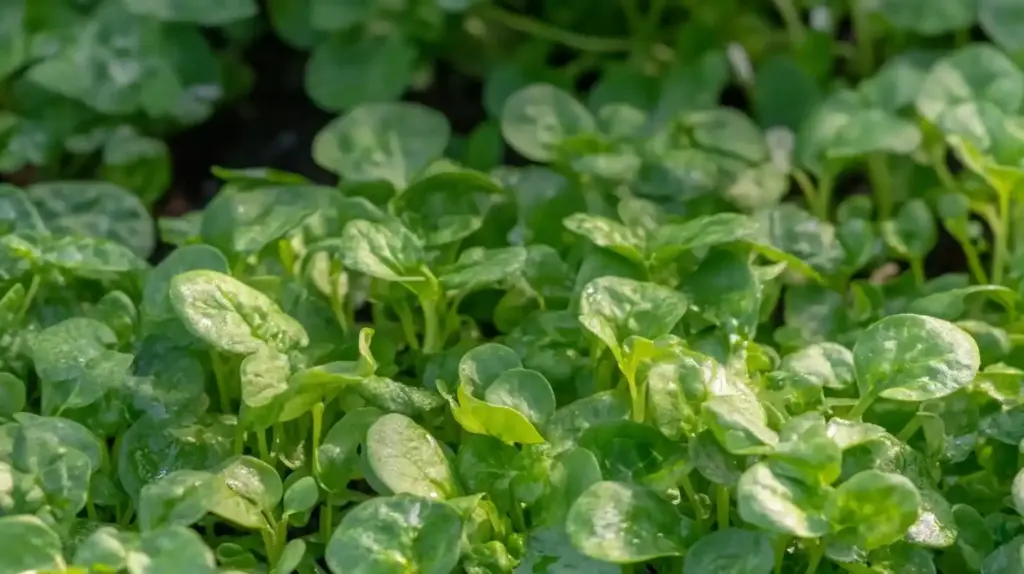
Watercress thrives in moist, shady corners of the garden. It’s a peppery green that grows quickly and can be harvested repeatedly. Try planting it near a water feature or in a container that stays damp.
Full Shade–Tolerant Greens (2–4 hrs sunlight/day)
Even with as little as 2–4 hours of sunlight, you can still grow a lush harvest of shade-tolerant vegetables—especially leafy greens. In fact, full shade often improves flavor and tenderness in these crops, while reducing the risk of bolting and bitterness.
If you’re working with shaded patios, narrow side yards, or under tree canopies, these vegetables are perfect. And if you’re short on space, try growing them in containers—check out our guide on gardening in planter boxes for easy wins.
Here are the best full-shade crops to grow:
19. Arugula
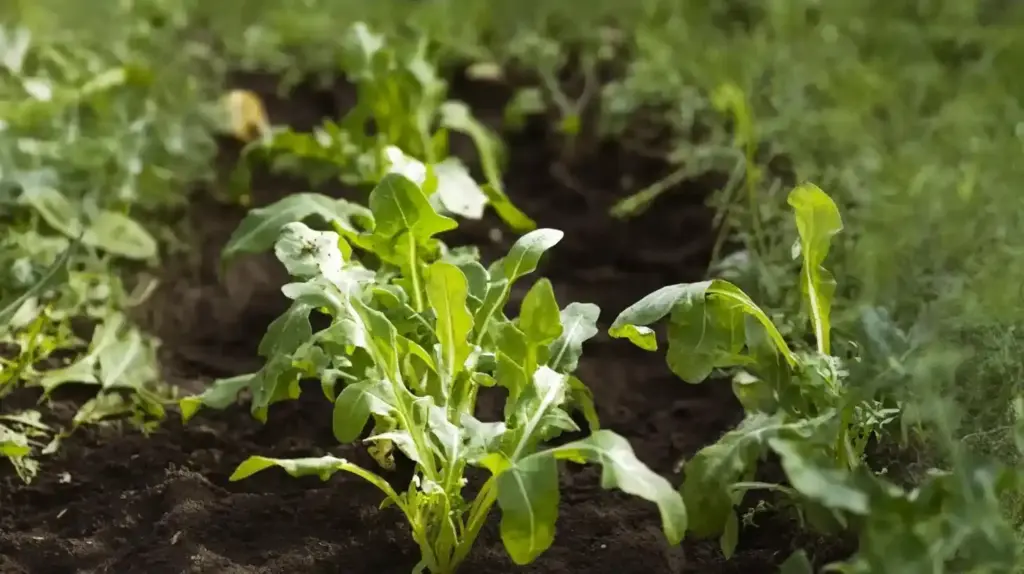
This peppery green grows fast and benefits from shade, which helps prevent bitterness and early bolting. A great addition to salads and sandwiches, arugula can be succession-planted throughout the season for a constant supply.
20. Brussels Sprouts
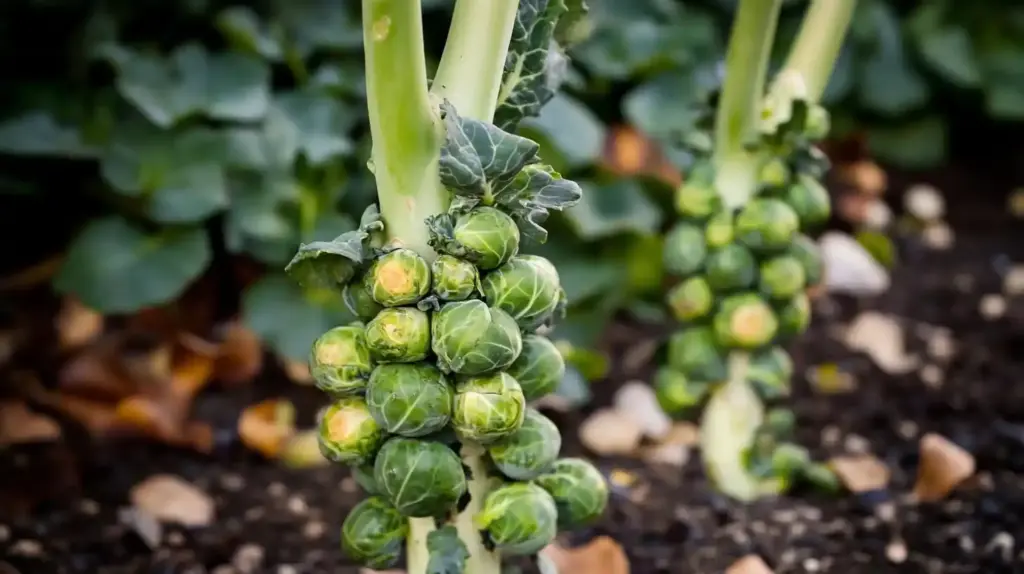
Brussels sprouts are slow growers that prefer cooler, shaded environments. Their tall, upright structure makes them a good candidate for shadier corners of your plot. Bonus: They continue producing into winter in many zones.
21. Kale
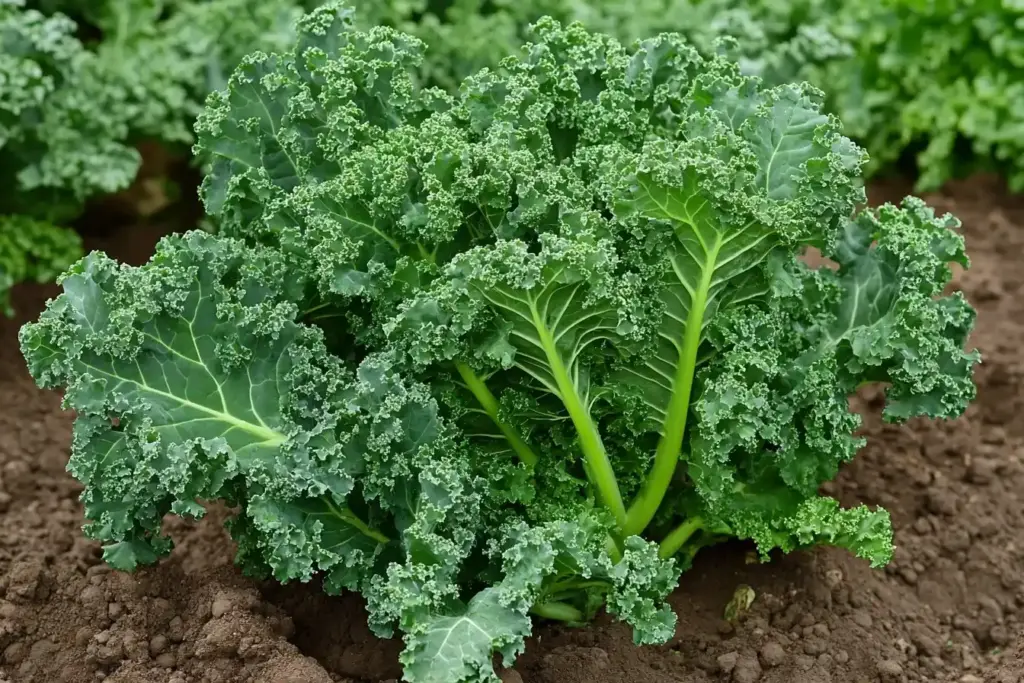
One of the hardiest greens out there, kale actually prefers partial to full shade in warm months. It stays tender longer and resists pests better in cooler, lower-light areas. Plus, it can survive frost, improving its flavor.
22. Lettuce
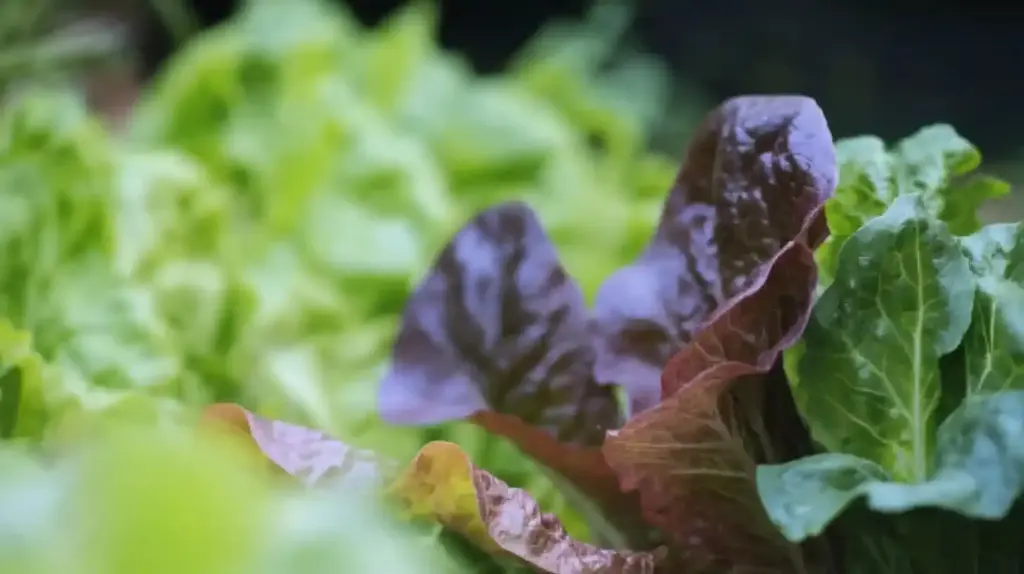
Lettuce bolts fast in the heat, so shady conditions are ideal. You can keep it growing longer into summer by planting it in full shade. And for design inspiration, visit our vegetable garden layout ideas to plan smart shade zones for greens.
23. Mustard Greens
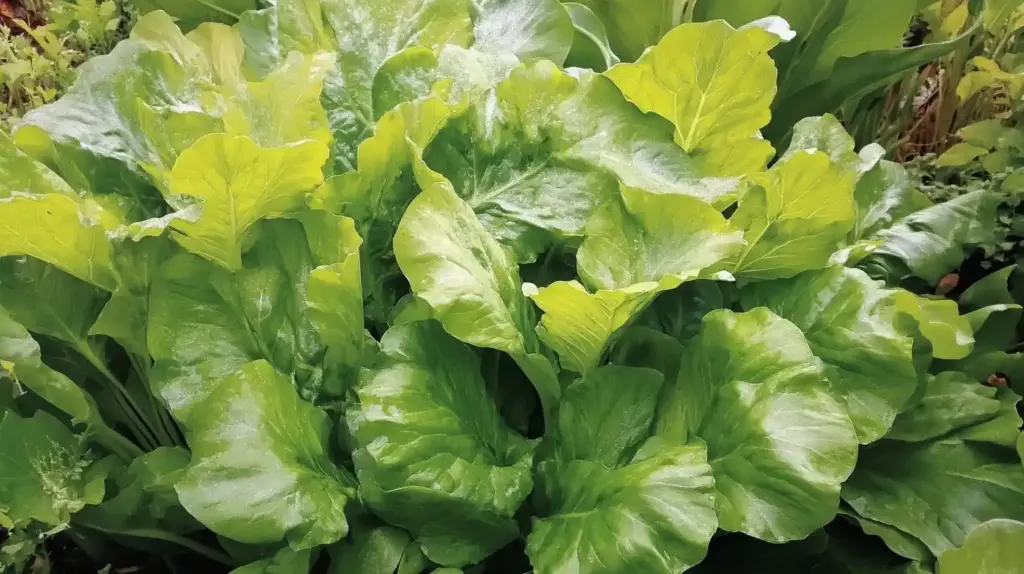
These spicy greens benefit greatly from cooler, shaded conditions. Sun and heat can cause curling and toughness, but shade keeps the leaves soft and flavorful.
24. Sorrel
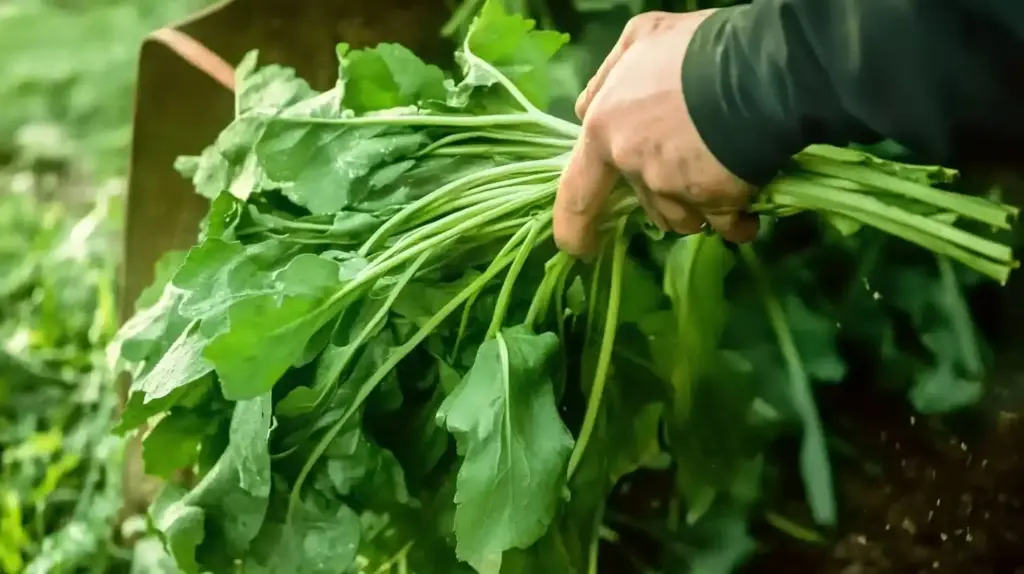
Sorrel has a sharp, lemony tang and a deep green color. Shade not only prolongs its growing season but also softens the sourness. It’s a cut-and-come-again crop, meaning it regrows quickly after each harvest.
25. Spinach
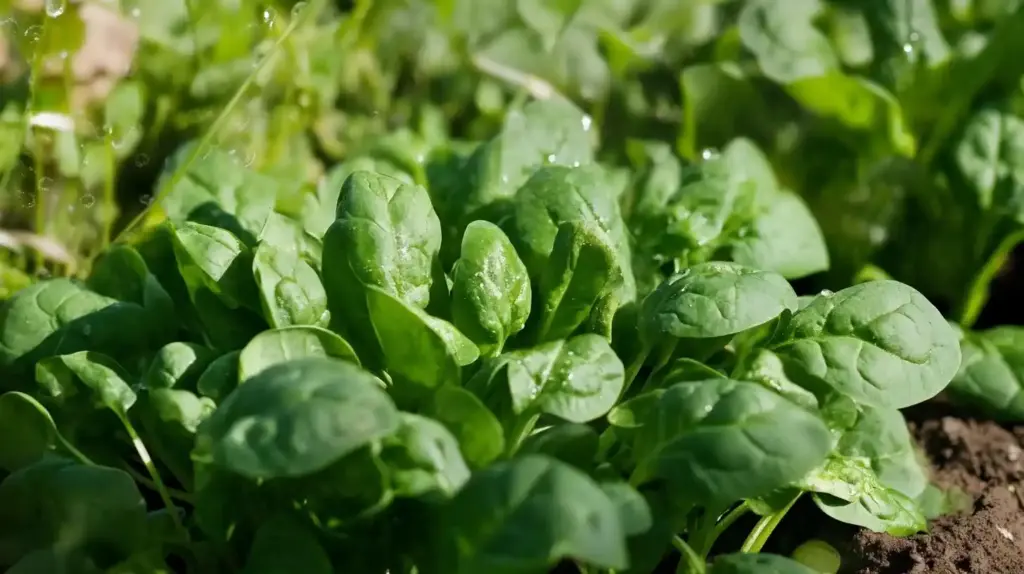
Spinach is an all-star in shaded beds. It only needs a couple of hours of light and grows rapidly in spring and fall. With regular watering, it produces tender, nutrient-packed leaves ideal for salads or steaming.
26. Swiss Chard
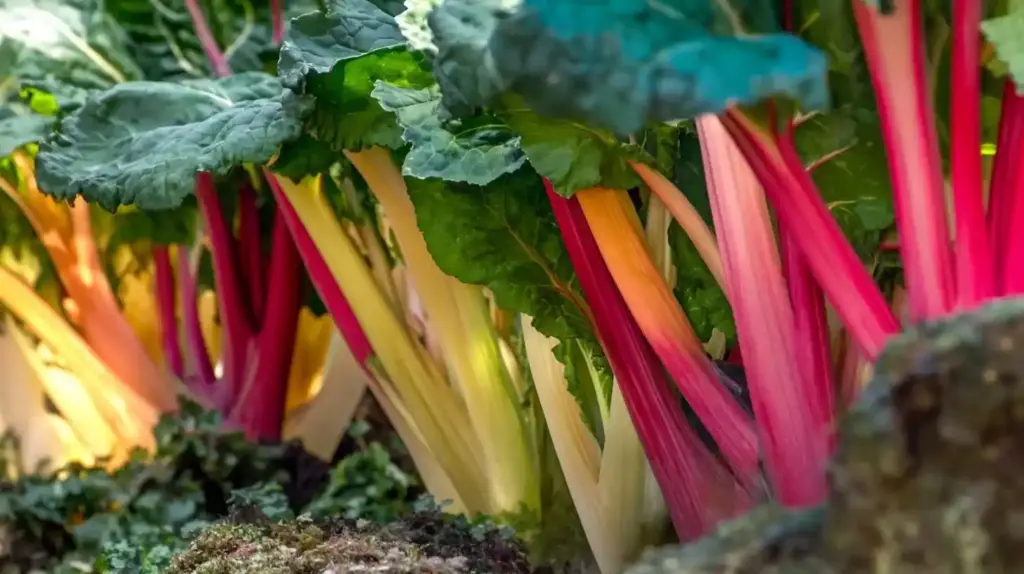
Swiss chard is vibrant, easy to grow, and very tolerant of shade. It adds color to your garden and your plate, with stems in red, yellow, and white. It’s a consistent producer from early summer through frost.
Shaded gardens are perfect for growing an abundance of leafy greens, especially in warmer climates where full sun can be too intense. These shade-tolerant vegetables ensure you can enjoy fresh, nutritious harvests even in low-light conditions.
Tips for Shade Gardening Success
Growing shade-tolerant vegetables isn’t just about choosing the right crops—it’s also about creating the right environment. With a few smart strategies, you can make even the shadiest corners of your garden productive and rewarding.
🌿 Create Shade Intentionally
If your garden gets full sun but you’d like to grow more shade-loving crops, use taller plants like corn, pole beans, or sunflowers to cast intentional shade on lower-growing veggies like lettuce or radishes. This mimics natural woodland layering and keeps sensitive crops cooler.
🛡️ Use Shade Cloth for Protection
During the hottest months, shade cloth can protect cool-weather crops from excessive heat and sunburn. Available in varying densities (like 30%, 50%, etc.), it’s easy to install over raised beds or hoop tunnels for targeted shade.
🗓️ Extend Your Growing Season
Shade can actually lengthen your gardening calendar. Since many shade-tolerant vegetables prefer cooler conditions, they can be grown later into summer or earlier in spring than their sun-loving counterparts. This is especially helpful in hot climates.
⏳ Plan for Slower Growth
Vegetables grown in shade generally mature more slowly. That’s not a flaw—it’s just a different growth rhythm. Be patient, stagger your plantings, and enjoy more consistent harvests over time.
💧 Mind Your Watering
Shade reduces evaporation, which means you can usually water less often. Still, ensure consistent moisture, especially for leafy greens, to avoid bitter flavors or slow growth. Mulching helps retain soil moisture and suppress weeds in shaded areas.
❓ FAQ: Shade-Tolerant Vegetables
What vegetables grow best in shade?
Leafy greens like spinach, lettuce, kale, and arugula thrive in full shade (2–4 hours of sunlight). Root crops like beets, carrots, and radishes do well in partial shade (4–6 hours).
Can you grow vegetables with only 4 hours of sunlight?
Yes, many vegetables such as green onions, peas, garlic, and cabbage grow successfully with 4 hours of sunlight. Choose crops labeled as “partial shade” or “shade-tolerant” for best results.
Do vegetables grow slower in the shade?
Generally, yes. Shade-grown vegetables often take a bit longer to mature compared to those in full sun. However, they tend to have better flavor and texture, especially leafy greens.
What is the difference between partial shade and full shade?
Partial shade refers to areas that receive 4–6 hours of sun per day. Full shade areas get only 2–4 hours. Each supports different types of vegetables based on their light needs.
Is shade gardening good for hot climates?
Absolutely. Shade protects crops from heat stress, sunscald, and bolting. It’s especially beneficial for cool-weather vegetables in warmer regions.
🌱 Conclusion
Don’t let a shady backyard or tree-covered garden hold you back. With the right mix of crops and smart planning, you can turn those soft-lit spaces into green, productive patches filled with delicious, shade-tolerant vegetables. Whether you’re harvesting crunchy radishes in spring, tender kale in fall, or lush lettuce all summer long, shade can be one of your garden’s greatest assets

